Northern Renaissance Final Exam
1/17
There's no tags or description
Looks like no tags are added yet.
Name | Mastery | Learn | Test | Matching | Spaced |
|---|
No study sessions yet.
18 Terms
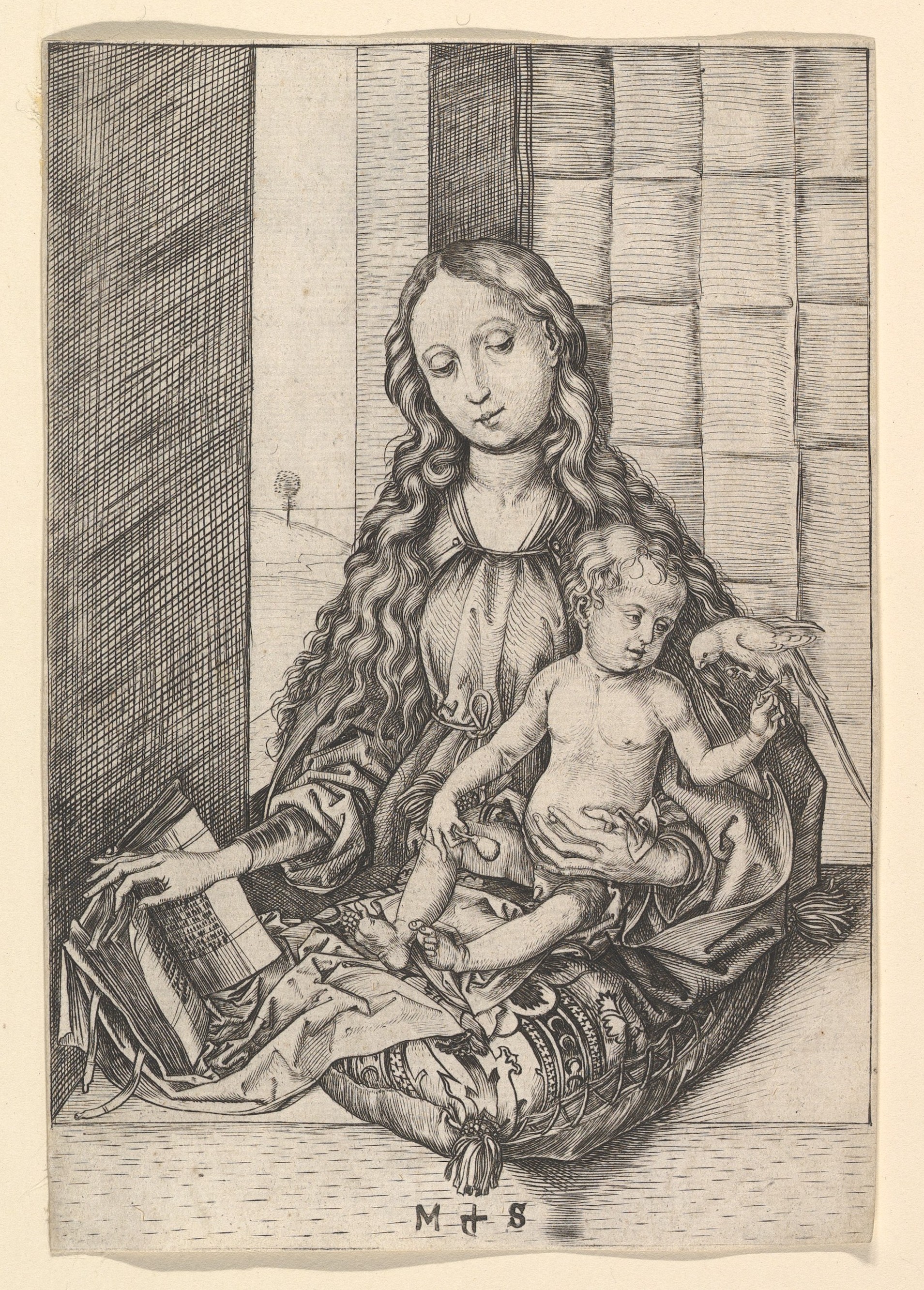
Madonna and Child with Parrot
German
Time Period: 1470-75
Artist: Martin Schongauer
clearly an earlier work of Schongauer
heavily influenced by Dieric Bouts Madonna and Child
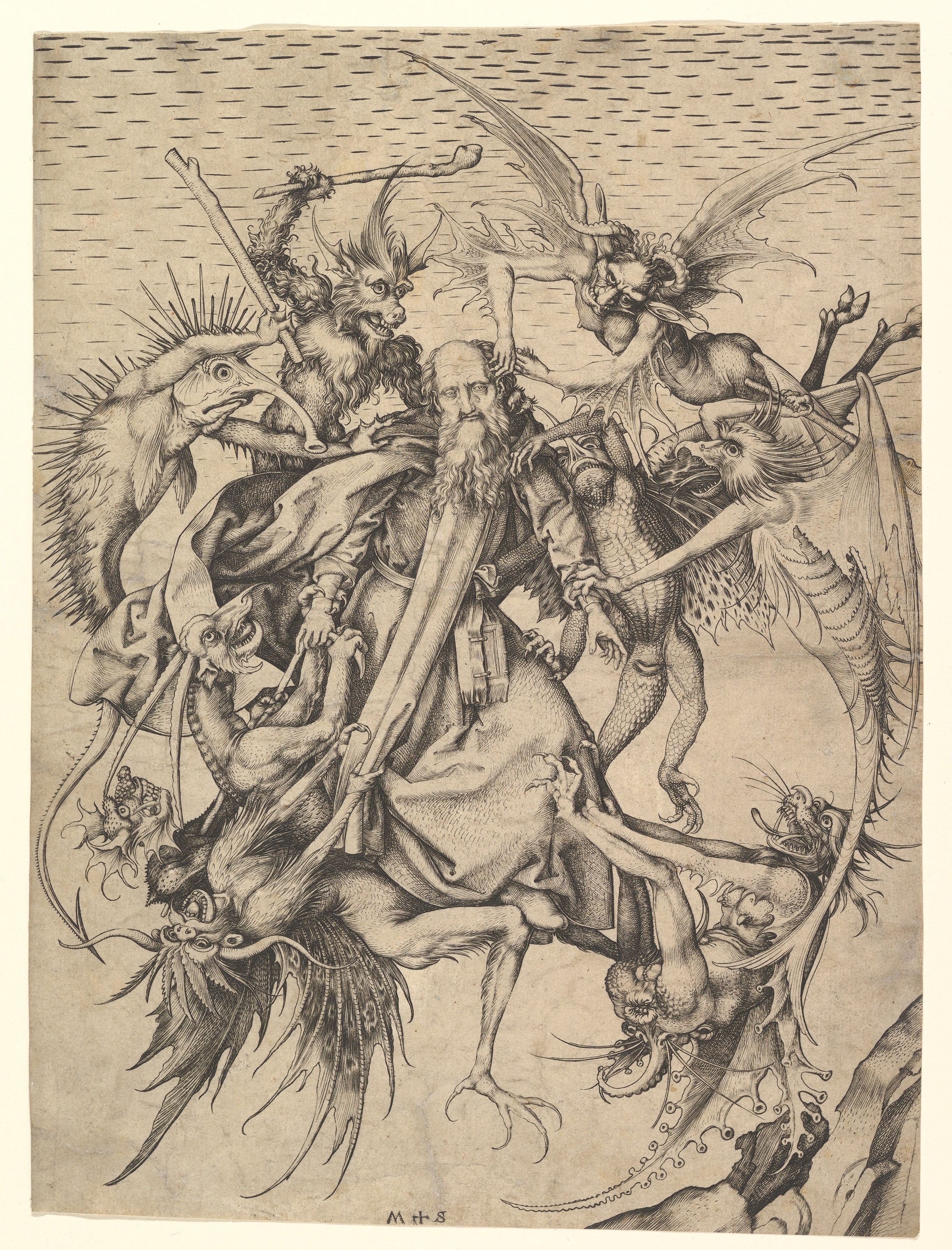
Temptations of St. Anthony
German
Time Period: 1475
Artist: Martin Schongauer
Schongauer is looking to other artists and older philosophers to create this imagery of St. Anthony
Created new iconography for artists to draw influence from later on.
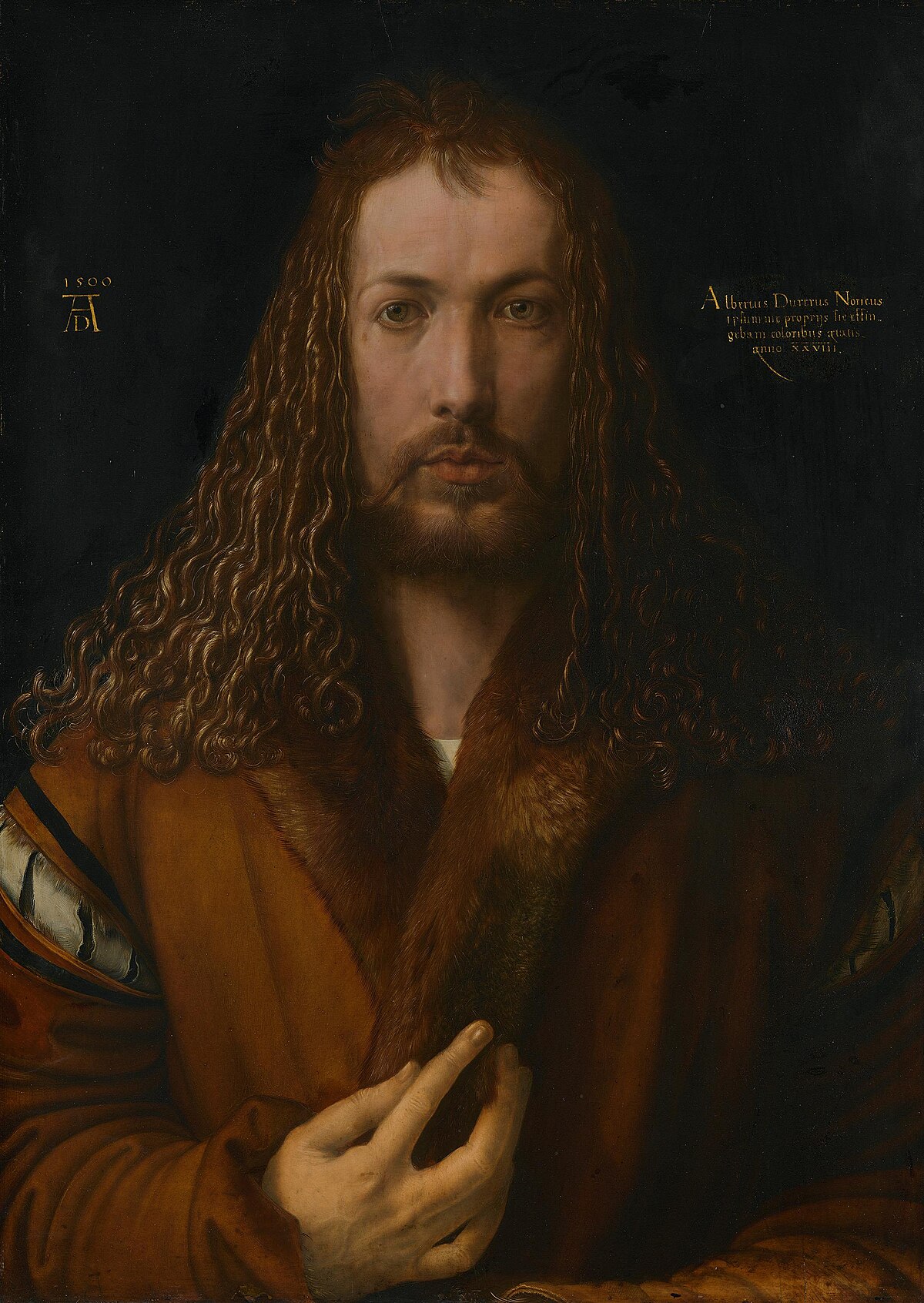
Self Portrait
German
Time Period: 1500
Artist: Albrecht Durer
He is modeling himself after Christ, not to compare himself, but to show that he is striving to be like him.
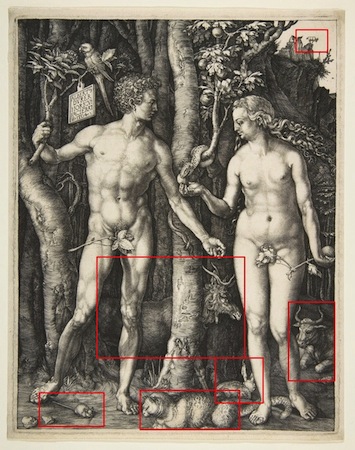
Adam and Eve
German
Time Period: 1504
Artist: Albrecht Durer
Italian Humanism, but strayed by using hidden symbolism.
Symbolism pertaining to the four humors: black bile, yellow bile, phlegm, and blood.

Melencolia I
German
Time Period: 1514
Artist: Albrecht Durer
Melencolia is weighed down by depression and anxiety.
Melancholy was viewed as an illness and something to fear—one of the most feared humors.
Representational of Durer, evidenced by the artist tools.
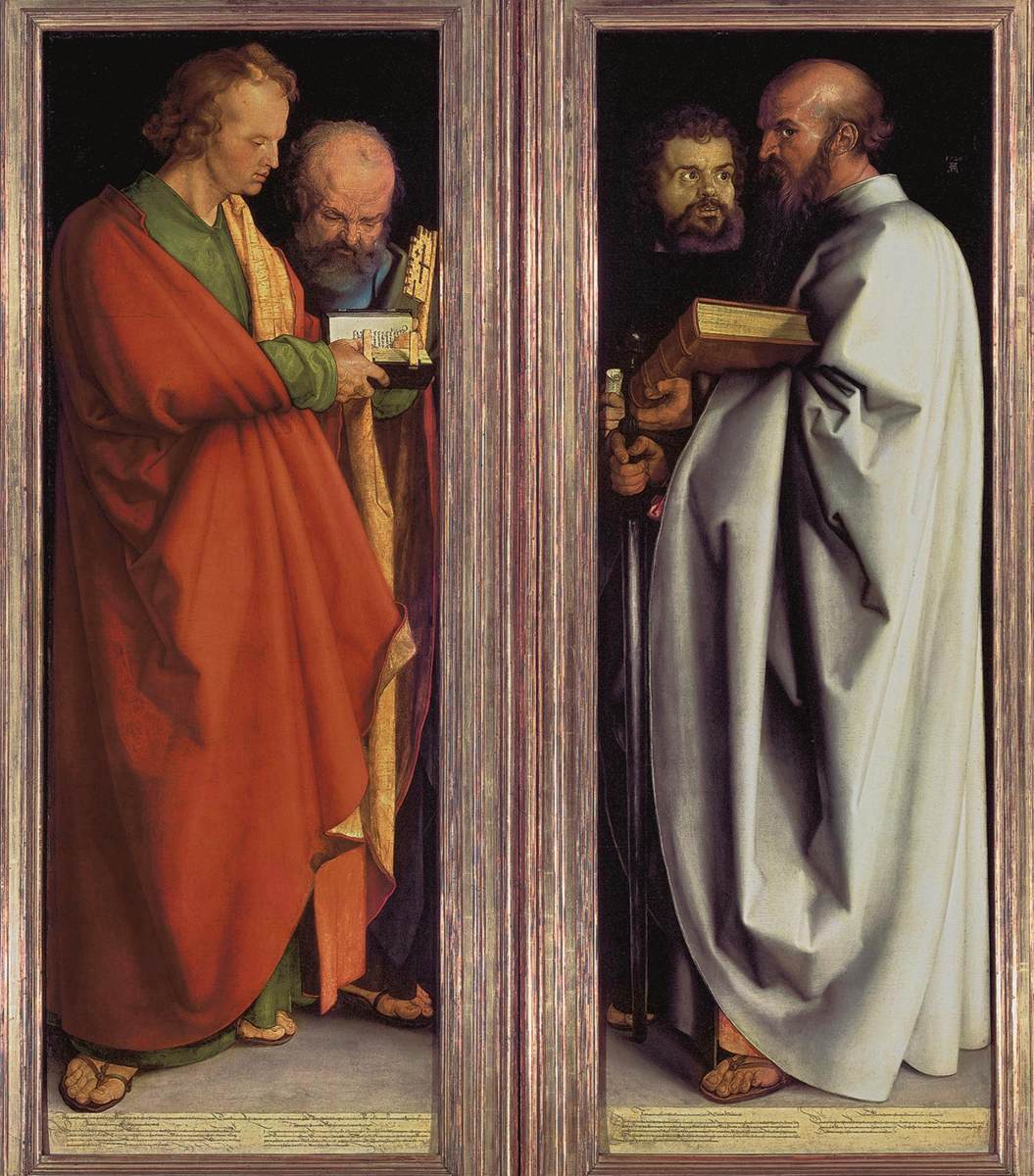
The Four Apostles
German
Time Period: 1526
Artist: Albrecht Durer
Durer clearly in support of Martin Luther and the reformation.
Traditionally Peter is placed directly below God in the Church Hierarchy, but John is placed in front of Peter here as Lutherans placed more emphasis on him and his teachings of Christ’s humanity.
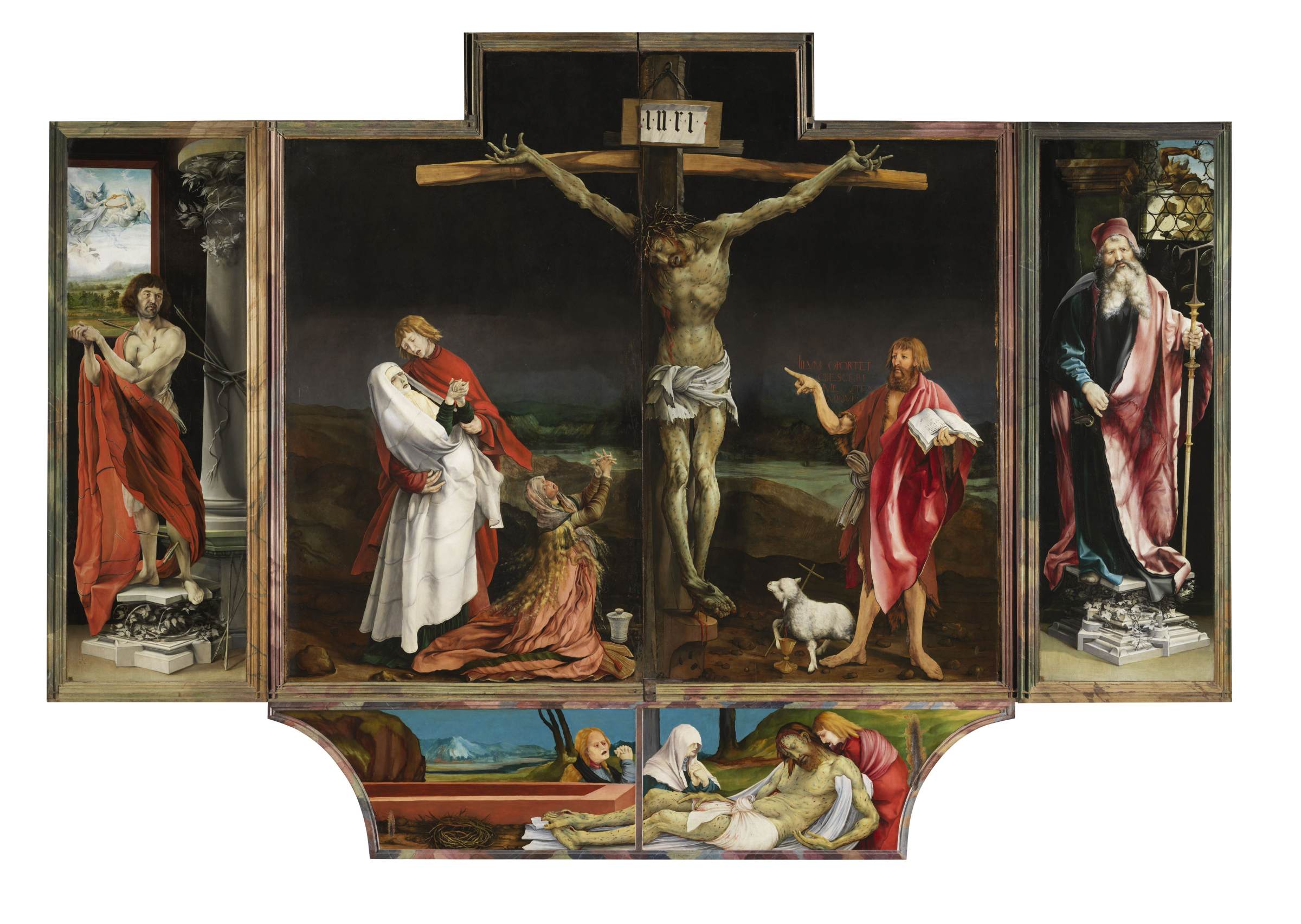
The Isenheim Altarpiece
German
Time Period: 1515
Artist: Matthias Grunewald
Christ is given wounds similar to that of ergotism, as this altarpiece was placed next to an Antonine monastery who treated patients with ergotism.

Three Ages of Woman and Death
German
Time Period: 1510
Artist: Hans Baldung Grien
Dance of Death is a narrative of death mocking his victim
Vanita - vanity, symbolized with a mirror
Witchcraft is a big fear at the time due to the instability of the protestant reformation.
holds a mirror to society

The Bewitched Groom
German
Time Period: 1544
Artist: Hans Baldung Grien
Idea of sin and temptation, as well as witchcraft and how that could lead someone astray.
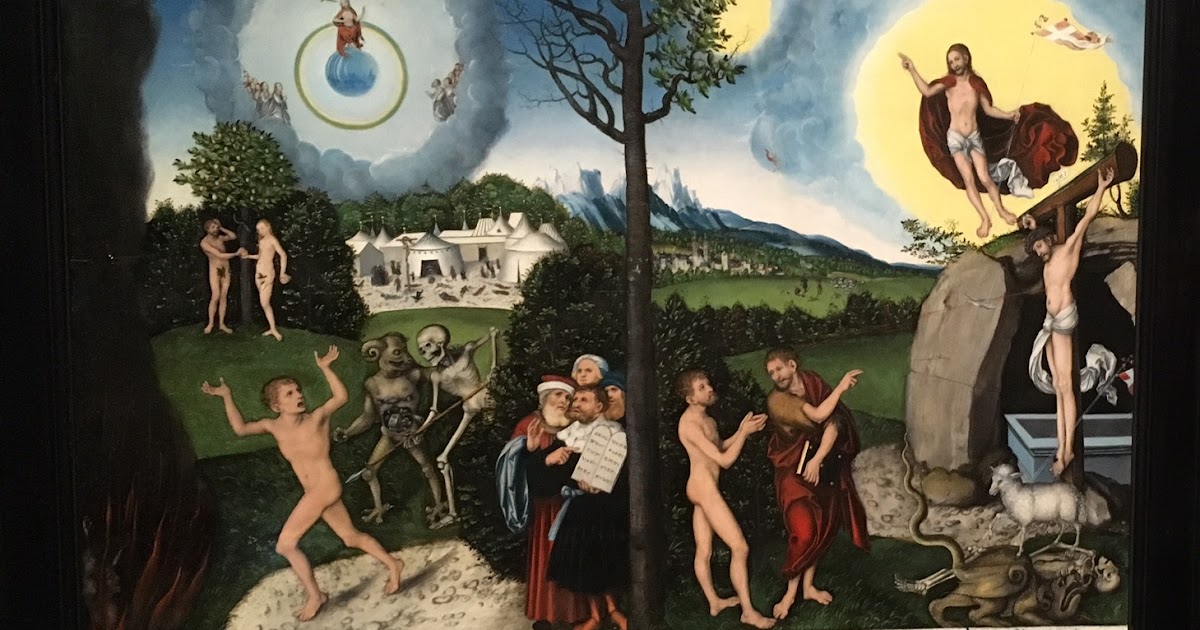
Allegory of Love and Gospel
German
Time Period: 1529
Artist: Lucas Cranach the Elder
Goal was to be easy to read and understand
teaching about salvation through Christ and not through law

Christ in the Tomb
German
Time Period: 1521
Artist: Hans Holbein the Younger
Realistic depiction of a corpse
Most likely referenced a real corpse
commitment to realism by Holbein
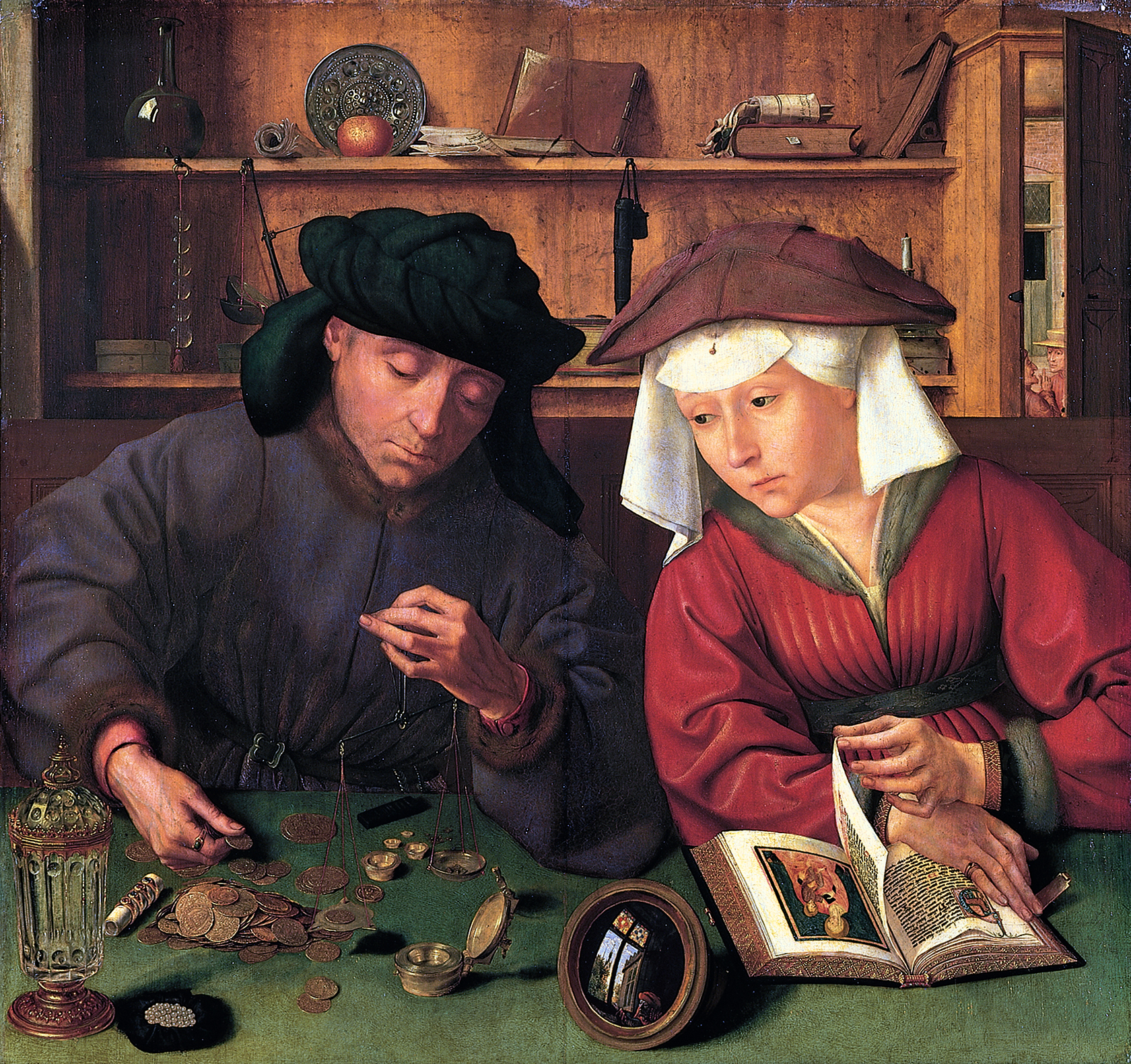
Money-Changer and His Wife
16th Century Netherlandish
Time Period: 1514
Artist: Quentin Massys
Regarded as first genre scene in the North, which is an everyday scene with moralizing themes.
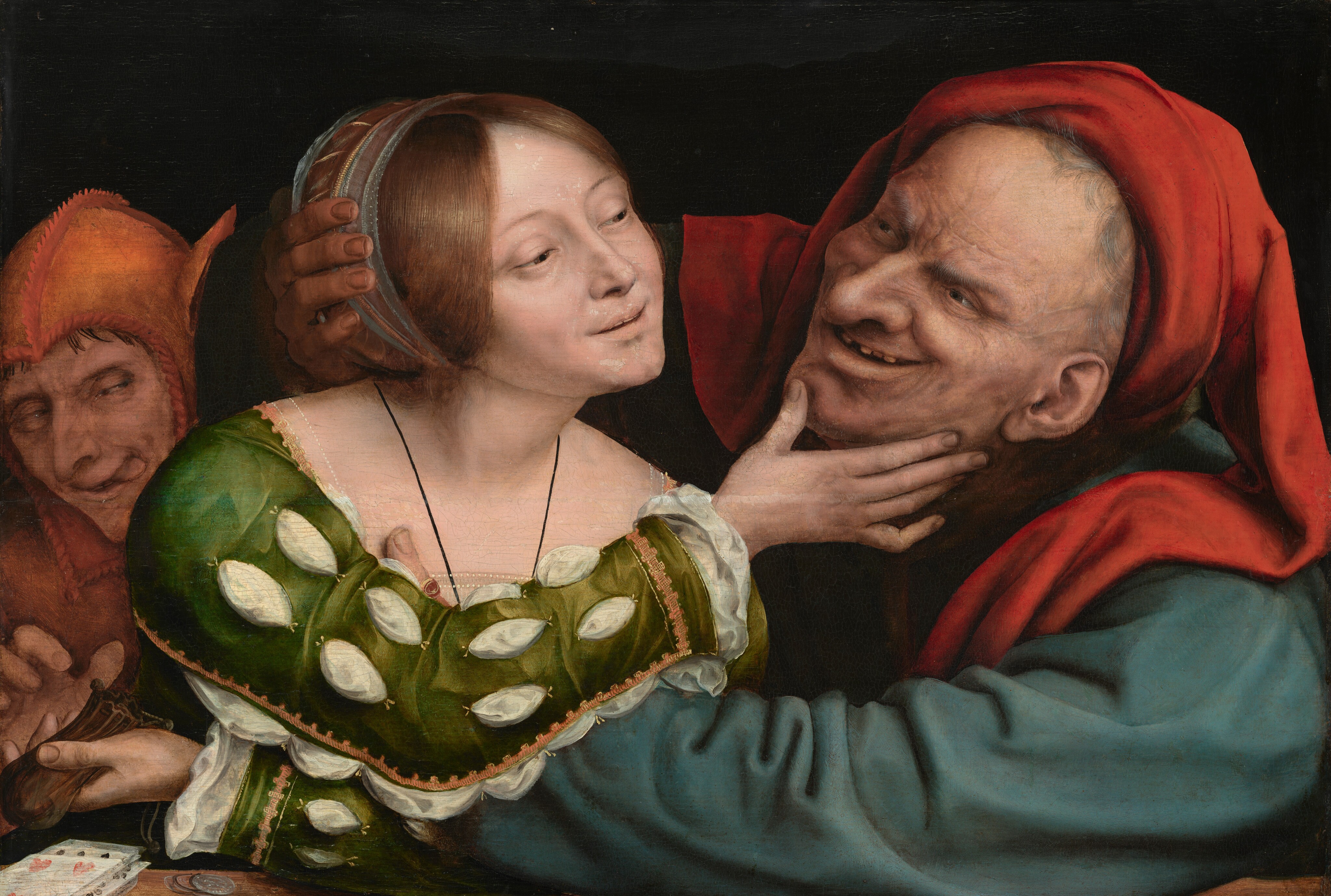
Ill-Matched Lovers
16th Century Netherlandish
Time Period: 1515
Artist: Quentin Massys
Relates to the parable of the prodigal son, where the moral of the story is that you can fail but still be able to return to God
element of humor/satire, poking fun at sin
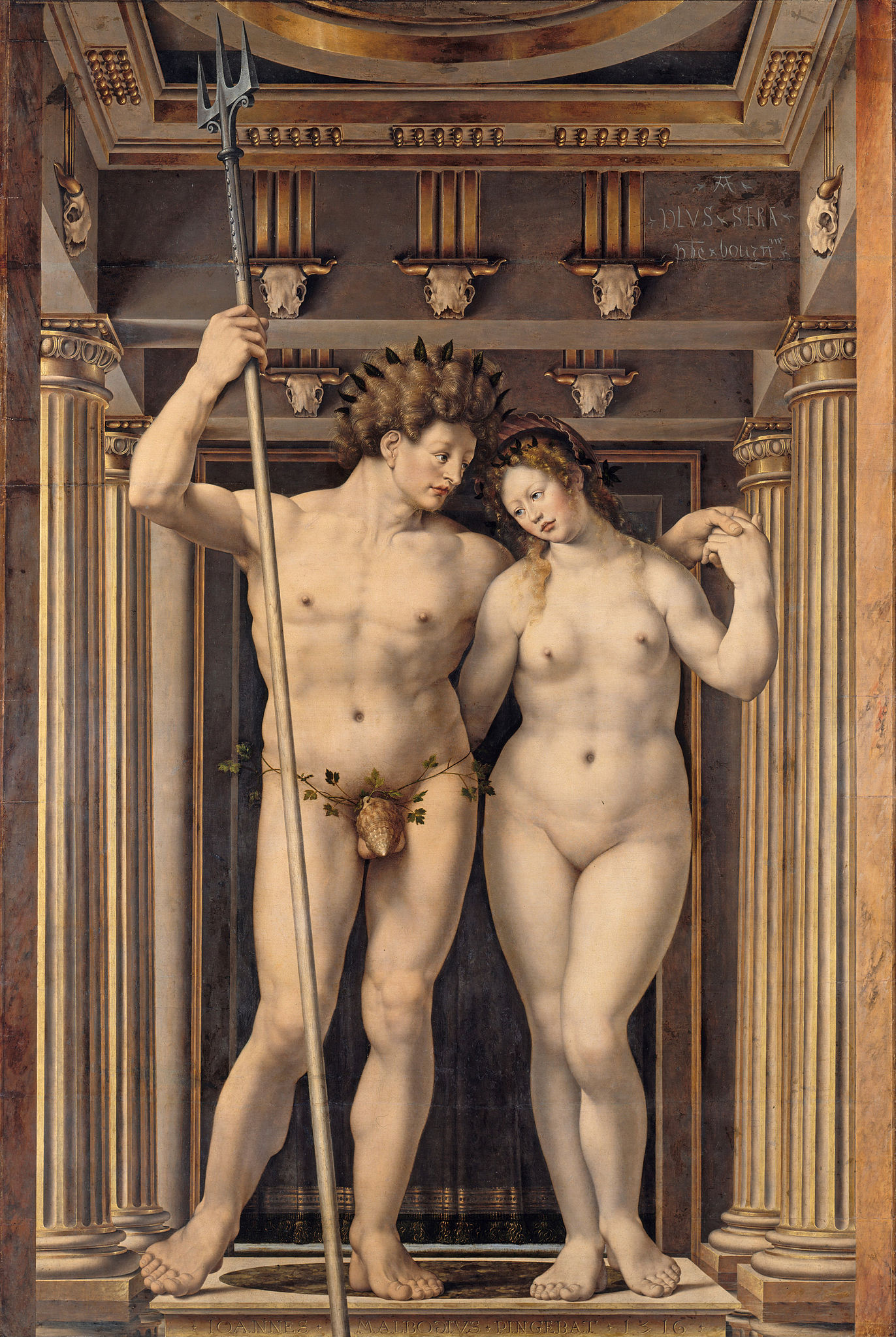
Neptune and Amphitrite
16th Century Netherlandish
Time Period: 1516
Artist: Jan Gossart
Modeled after Albrecht Durer’s Adam and Eve, who was inspired by classical artwork
Gossart was looking to other artists in the North who were classically inspired for his own classical inspiration

Butcher’s Stall
16th Century Netherlandish
Time Period: 1551
Artist: Pieter Aertsen
In the foreground is the food of the natural world, which is sustenance for the body
Church and Holy family in the background is for spiritual sustenance
Bar scene on opposite side of the background is for sinful desires
Butcher is seen to pose a question to the viewer if they are going to give into the flesh or the spirt.
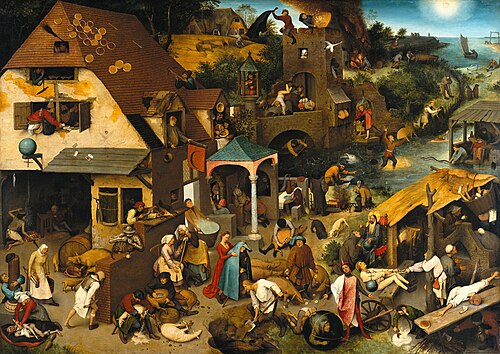
Netherlandish Proverbs
16th Century Netherlandish
Time Period: 1559
Artist: Pieter Brugel the Elder
Over a hundred different parables, proverbs, and puns
These were not intended to narrate realistic scenes, but to use realistic figures as a means to symbolize specific puns and proverbs.
Looks silly to show that these actions are illogical
What was the significance of the Printing Press?
replaced illuminated manuscript art
became a new source of income for artists
art became more accesible
What was the significance of the Protestant Reformation on artwork?
more genre scenes, or more secular scenes
more protestant iconoclasm
art is used to teach and spread ideas